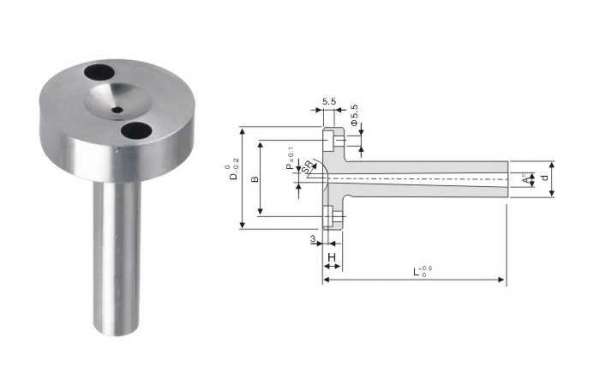When you think of the great inventions of modern history you probably think of automobiles, airplanes, computers, and other revolutionary innovations. While these developments are vital, have you ever considered the multifaceted manufacturing processes, materials, and design applications their production entails? Plastic mold factory would tell you answers.
Many people are unaware of today’s invaluable manufacturing methods and tools, but without them, industrial innovations and new-age technological devices would not exist. Plastic injection molding is a perfect example.
Plastic has emerged as one of the most critical mediums in modern manufacturing as it offers affordable, high-quality production runs and durable, corrosion-resistant parts and products. Plastic injection molding technology has only enhanced the design and application capabilities of plastic materials.
The modern world would look drastically different without plastic injection molding. Let’s dig a bit deeper into it’s history.
The Start of Plastic Injection Molding
Plastic injection molding was invented in the late 19th century, with the first molding machine patented in 1872 by two brothers, John and Isaiah Hyatt. While the device was simple by today’s standards, it quickly led to the growth of a nascent plastic manufacturing industry, where combs, buttons, and other simple articles were molded in plastic.
In 1903 two German scientists, Arthur Eichengrun and Theodore Becker, created soluble forms of cellulose acetate; this was significantly less flammable than previous alternatives. While the 1930’s were a dark time for many people, for the plastics manufacturing industry it was a decade of innovation. Many of the most popular thermoplastics, such as polyolefins, polystyrene, and polyvinyl chloride (PVC) were invented during this time.
World War Two and the Brave New World
World War Two reshaped human history. The Second Great War popularized airplanes, led to dramatic advancements in automotive technology, and enhanced the United States war manufacturing economy that would later power the first stage of the post-war industrial revolution. Regarding plastics, this period also elicited a high demand for inexpensive, mass-produced materials.
This demand following World War II was in part a result material shortages. For example, rubber production was disrupted by the war across Asia and attacks on shipping lanes. Tanks and other war applications created a huge demand for metal. Plastics stepped in to fill the gap, providing an affordable substitute. As plastics gradually popularized, so too did plastic injection molding. It’s effectiveness to this era was primarily attributed to efficient, affordable, large-scale manufacturing.
Throughout the post-war period plastics remained popular. As business leaders recognized the tremendous cost benefits over rivaling materials, global supply chains were reevaluated, and plastics became firmly entrenched in the mid-20th century’s economy and manufacturing processes.
James Watson Hendry and the Modern Plastic Injection Molding Industry
By 1946, American inventor James Watson Hendry built the world’s first extrusion screw injection machine. Using a rotating screw, Hendry was able to better control the injection process itself. This dramatically increased the quality of the products produced. Hendry wasn’t done after creating the extrusion screw injection machine. Far from it.
Hendry went on to develop the first gas-assisted injection molding process, a pivotal innovation that allowed for the creation of long, complex, hollow products. With materials providing increased strength and reduced weight, plastic production had overtaken steel production by the 1970s. By 1990 aluminum molds had become a manufacturing trend; a faster, cheaper production alternative to steel molds.
Hendry is one of the most important names in manufacturing history. Without his inventions, plastic injection molding would not be as advanced as it is today.
The Current State of Plastic Injection Molding
Today, the opportunities provided by plastic injection molding are implemented by essentially every manufacturing sector; electronics, automotive, home appliances, housewares, you name it. Plastic Injection Molding is an affordable and effective method of producing high-quality parts and products.
The technology used today is quite similar to the technologies used in the past. However, computers have made the whole design and manufacturing process easier. The results are also more precise, and now plastic parts are often the preferred choice for advanced technological and scientific applications.
We wholesale Positioning component and welcome to your come and purchase!







